Snorkel Gear Guide Basics
If you're a beginner diver, even if you've only done DSD (Discover Scuba Diving), you already know the basics of scuba diving equipment: goggles, regulator, BCD, and flippers.
There is a whole range of diving equipment: a wetsuit (diving suit/dry suit), accessories to ensure safety or comfort, and more or less waterproof bags. When buying scuba diving equipment, find out what you need as essentials and then find out what accessories you can buy.
Essential pieces of scuba gear
A list of basic scuba diving equipment according to what is recommended for beginners to start buying. You don't have to buy everything at once. Starting this way will increase your comfort and confidence underwater without having to worry about your bank account.
1 - Diving masks
A mask allows scuba divers, freedivers and snorkellers to see underwater. Unfortunately, our eyes do not work properly underwater. Therefore, we need a layer of air to see beneath the waves. For some people, water ingress into the mouthpiece is already a challenge to overcome. That's why finding the right model for you will make life easier in your first year of scuba diving.
Another important feature to look out for is the special anti-fog film that covers the inside of the lenses, such as the anti-fog tide mask (with an easily replaceable anti-fog film).
When buying snorkeling equipment, always buy quality items that are durable. For snorkel masks, always have tempered glass lenses, preferably high grade silicone.
Tempered glass lenses are safe to use and provide a clear view, cheap plastic lenses can be scratchy, tangle easily and are not durable. A silicone skirt (this is the part that seals the face) provides a comfortable fit.
180° Wide View Diving Mask Snorkel Set
2 - Diving suits
Many people find scuba diving on tropical holidays. A thin wetsuit or even a swimming costume plus a protective jacket is sufficient. As we lose body heat 25 times faster in the water than in the air, below 28°C, you usually need a full wetsuit if you want to do a scuba dive of more than 20 minutes.
Depending on where you plan to scuba dive, you may need different types and thicknesses of the wetsuit, from a 3mm wetsuit to a dry suit.
Car Awnings: Transforming Your Vehicle into a Versatile Shelter
Clash of the Inflatables: Unleashing Fun and Competition with Inflatable Jousting
VR Racing Car Simulator: Experience the Thrill of Virtual Racing
3 - Flippers
Use snorkel flippers to swim more efficiently and navigate reefs and shallow water with ease. Good snorkel flippers are lightweight but powerful.
Flippers allow us to move efficiently underwater. They come in different shapes and stiffnesses but fall into two main categories: full flippers and adjustable flippers. The first can be used barefoot, while the latter requires boots.
Full flippers are usually cheaper and lighter, making them ideal for travelling.
Diving Fins
Scuba gear accessories
Here is a quick overview of the scuba diving accessories you may decide to buy to complete your scuba diving gear.
Hoods and gloves: they vary in thermal comfort when diving in colder water.
Boots: to be used with adjustable flippers, they are essential for colder water and shore dives.
Compass: useful when visibility is low. It is essential for divemasters during training.
Clips and retainers: these small accessories will make all the scuba gear on your BCD more compact. In addition, they make you a more responsible diver who doesn't let octopuses and gauges drag onto the seabed or reefs. This is the model I used for my barometer.
Diving lights: Diving torches are essential for night diving, but they are also useful during the day in darker waters or when you are diving deeper in a wreck.
Snorkel: although we all learned about it on the open water course, this is a compulsory piece of diving equipment for dealing with surface emergencies when there is not enough air and the surface is rough. The truth is that we don't see many divers these days. I've seen some who use straps to secure one to their leg.
source:https://www.wetopsports.com/news/snorkel-gear-guide-basics.html
Recommended article:4 Reasons an Indoor Playground is the Perfect Activity for Kids
The Advantages of Using a Hard Shell Roof Top Tent During Camping
Spin Bike Buying Guide: Pedal Your Way to Fitness
Related Articles


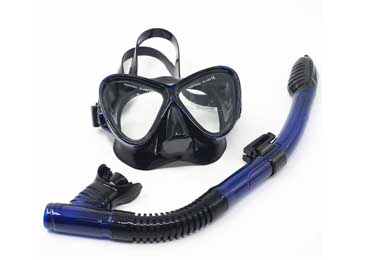
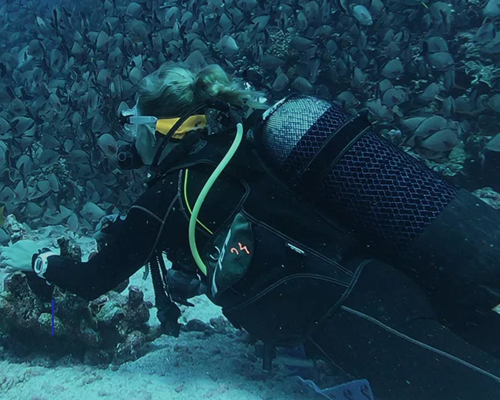
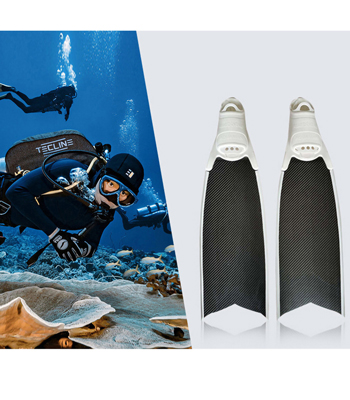
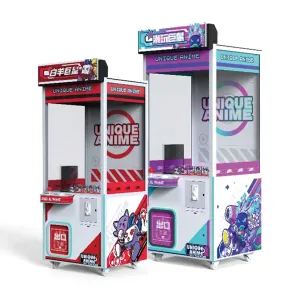
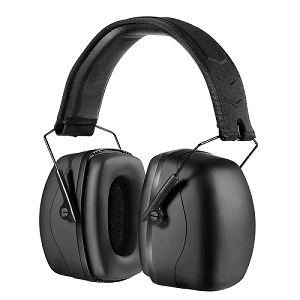
Comments
0